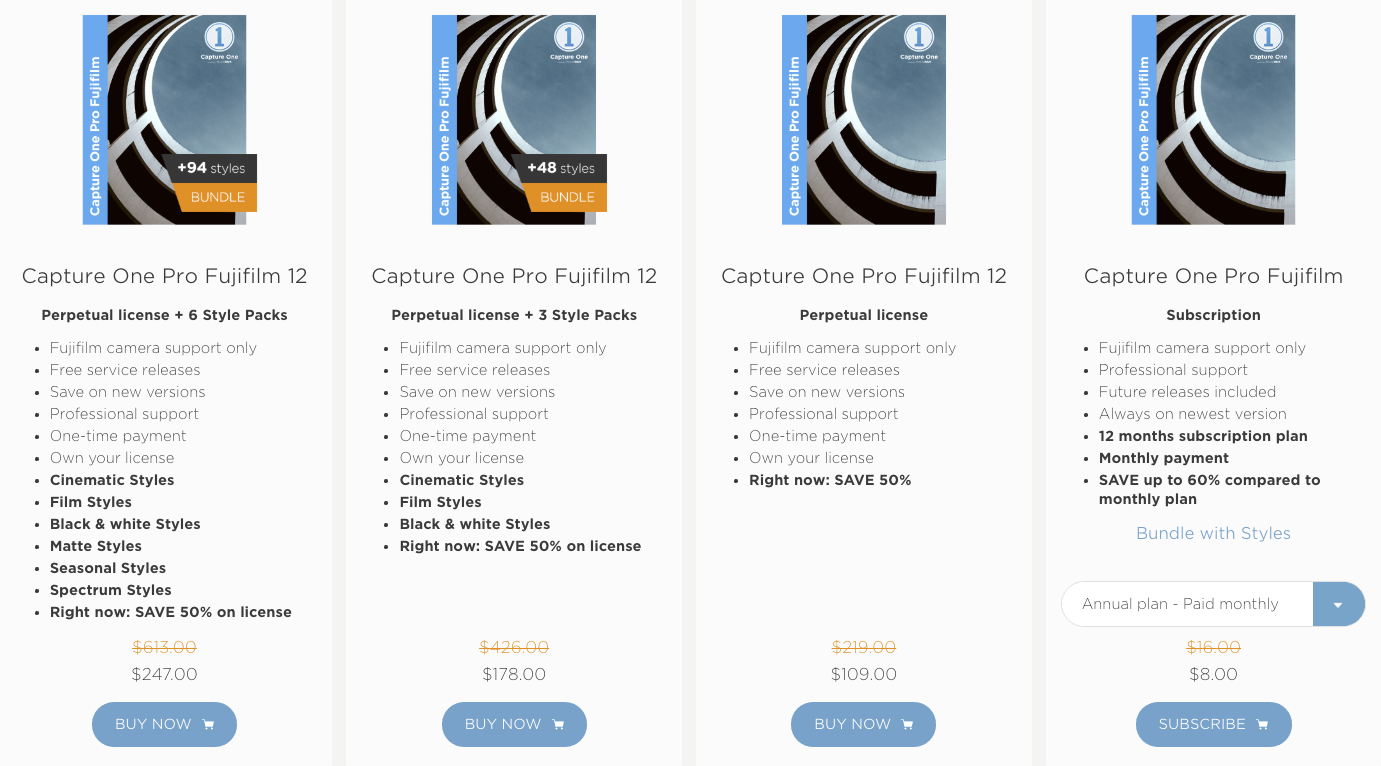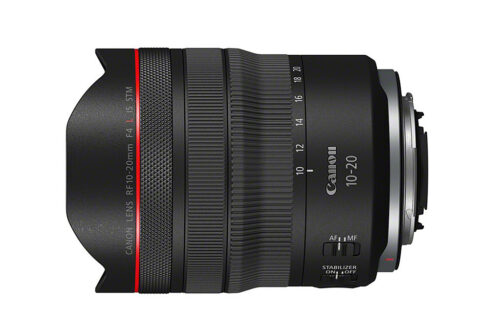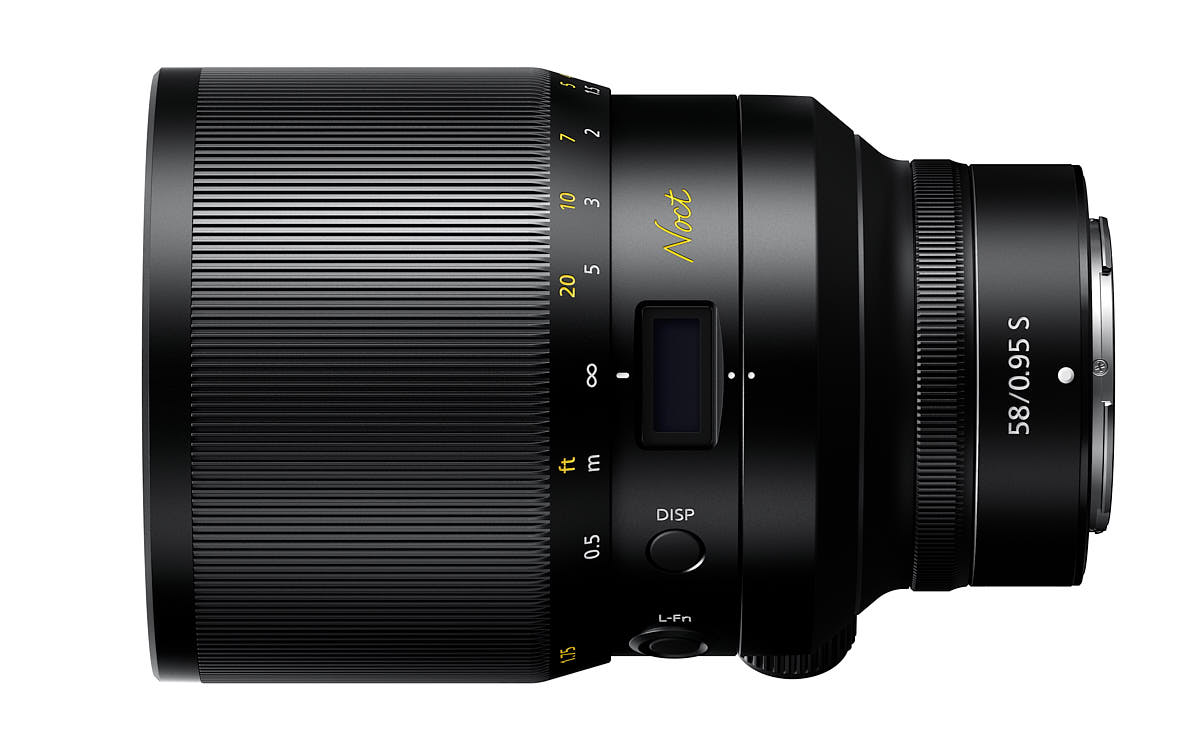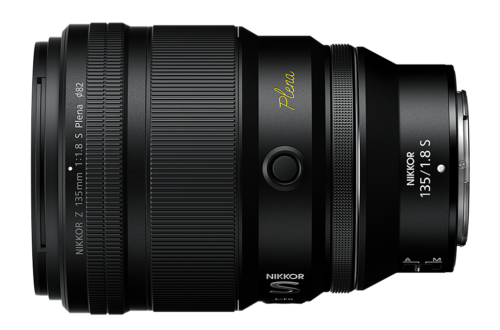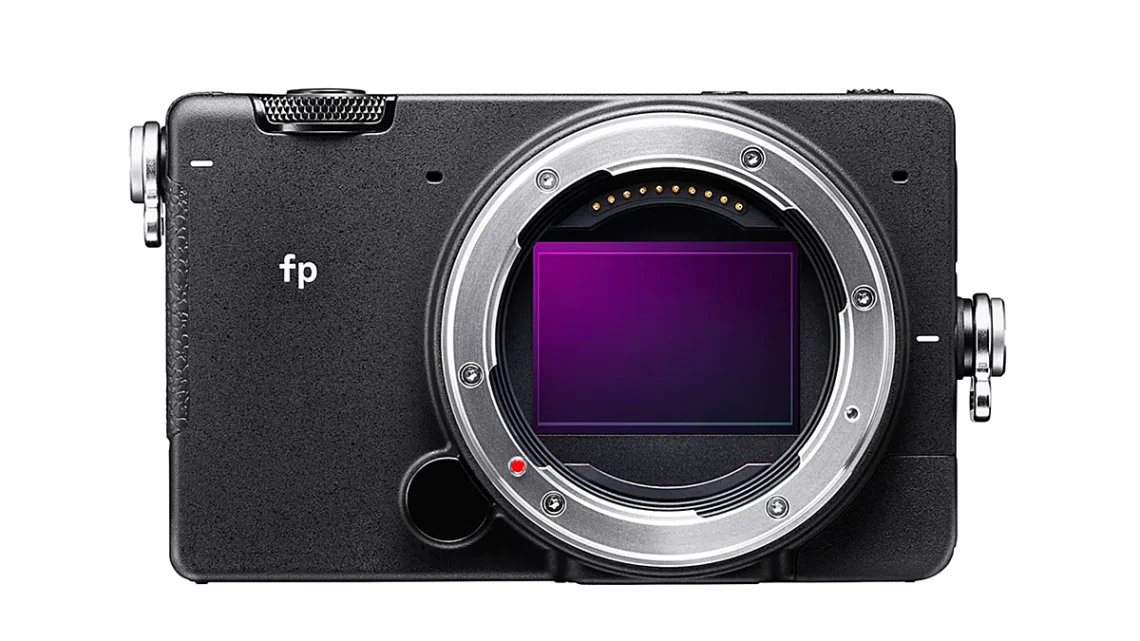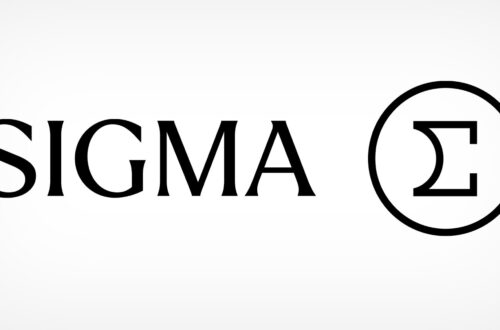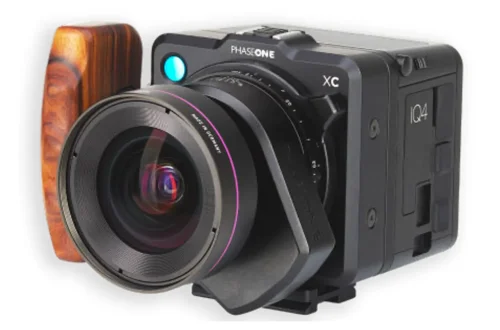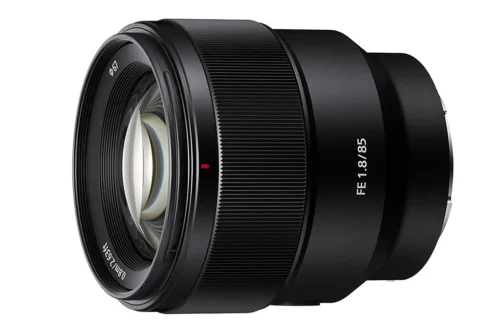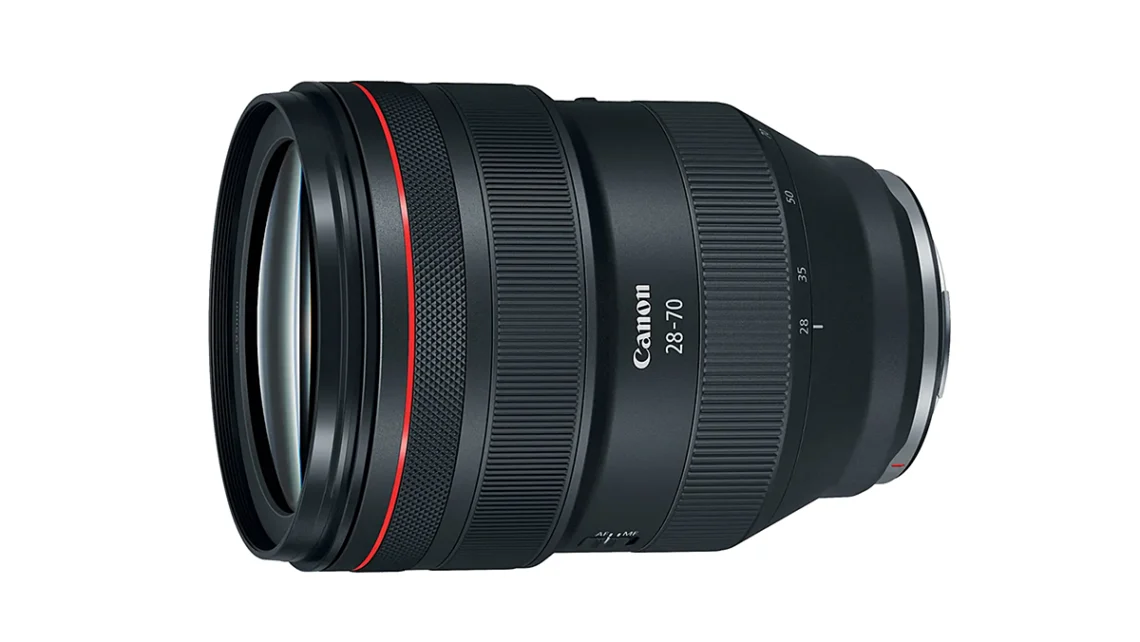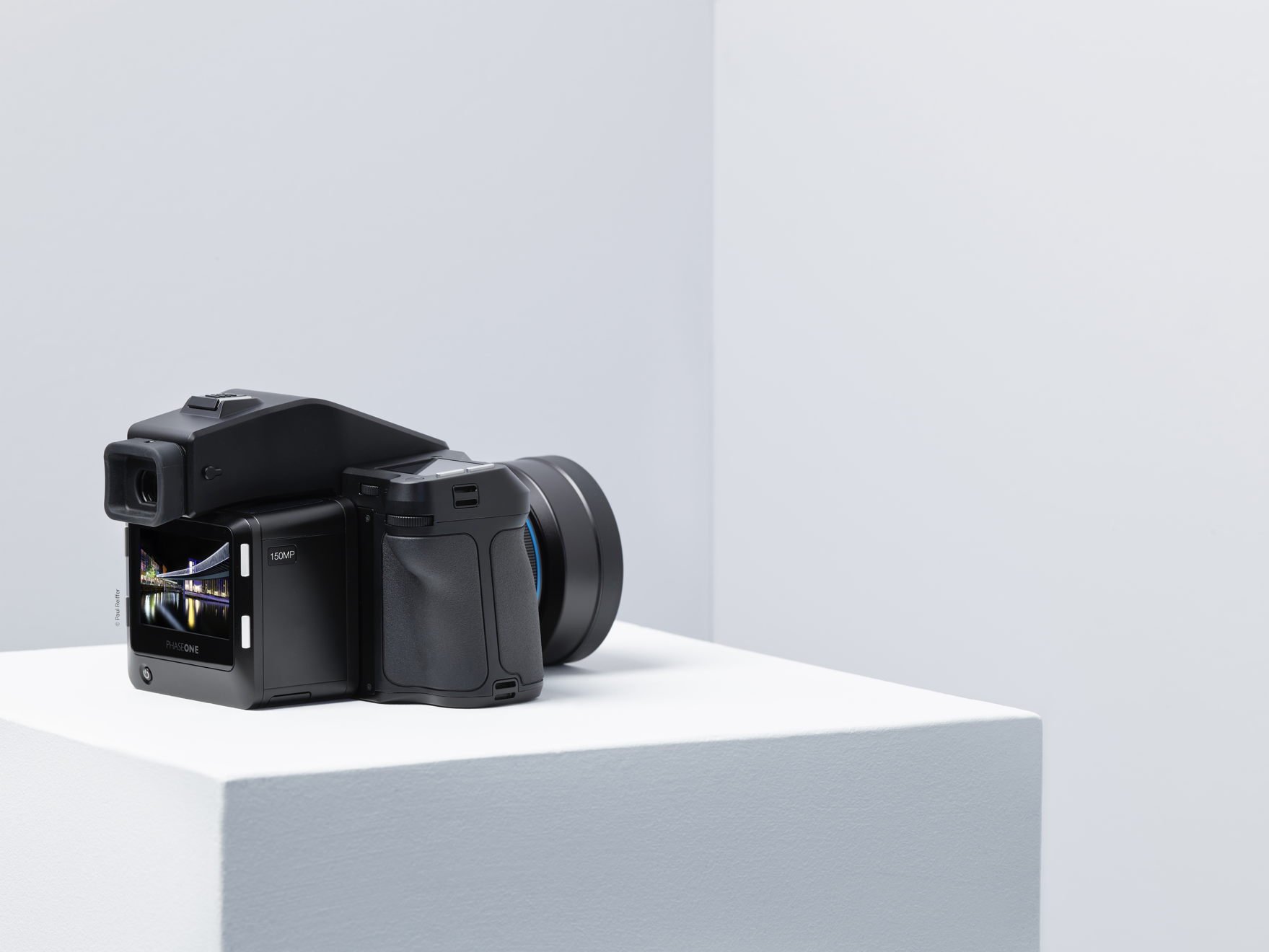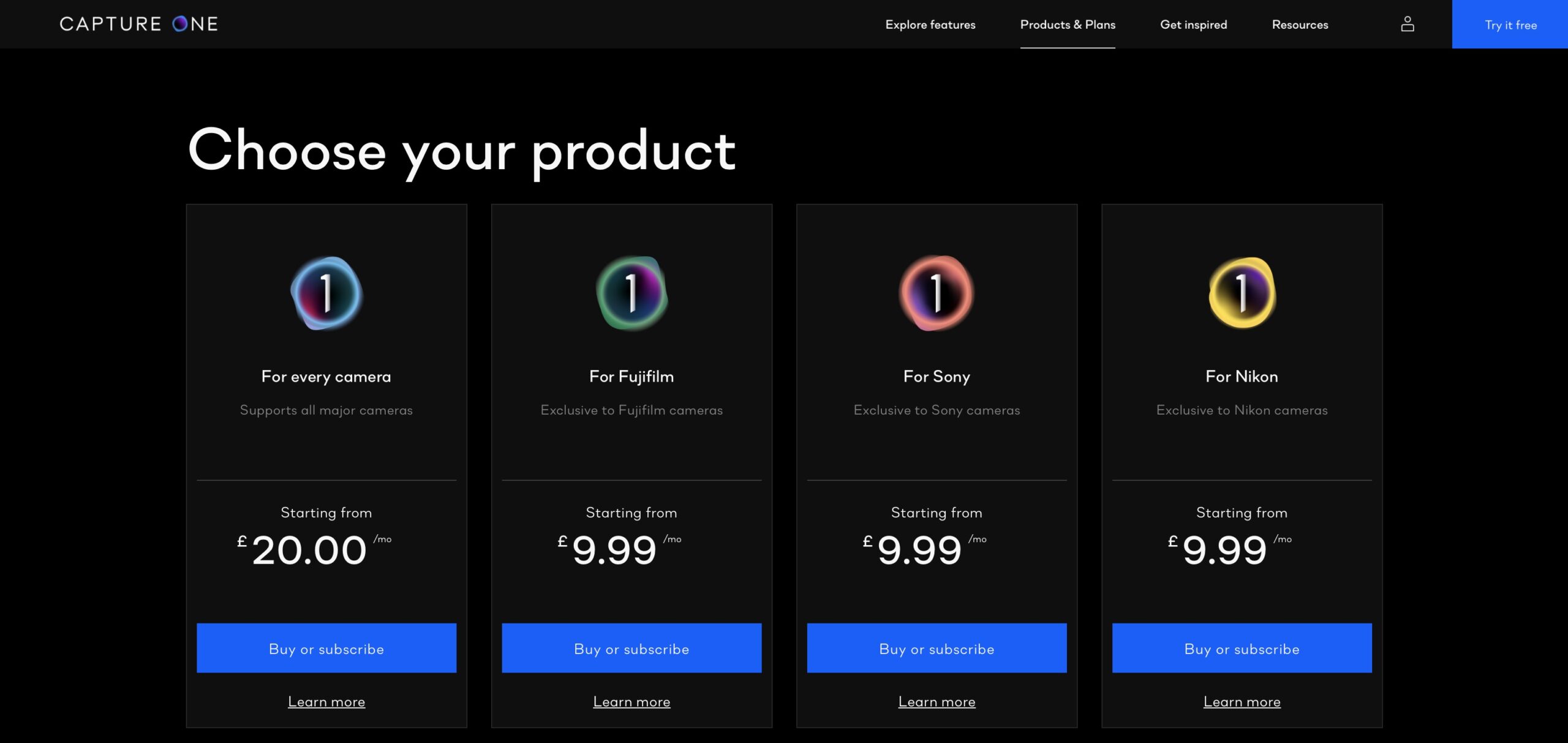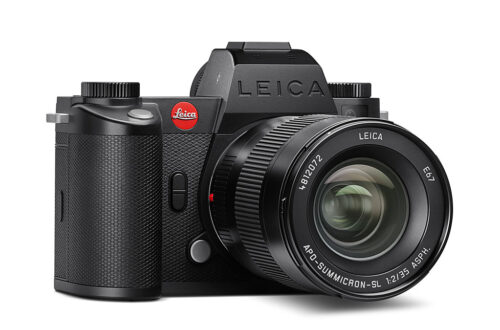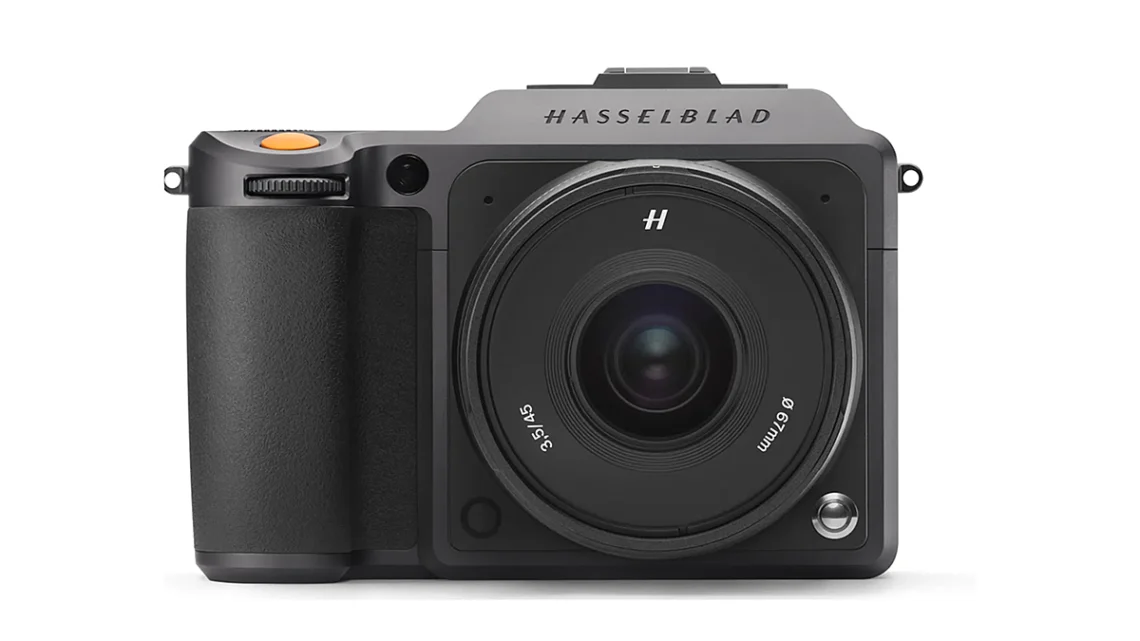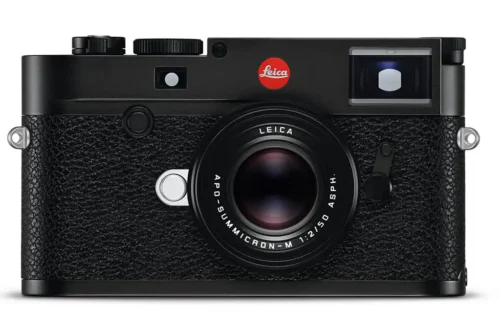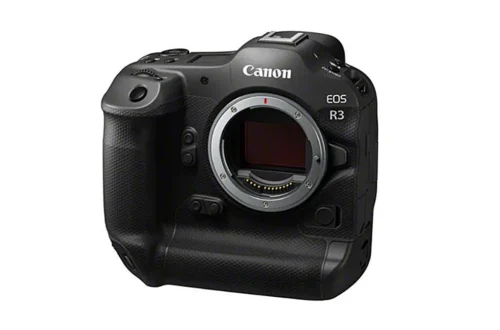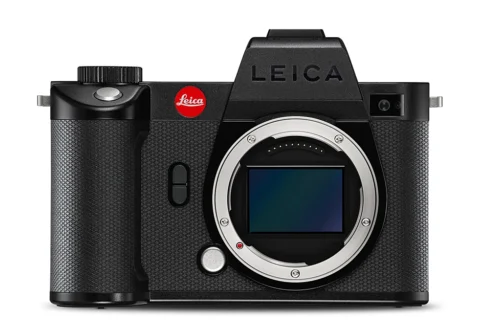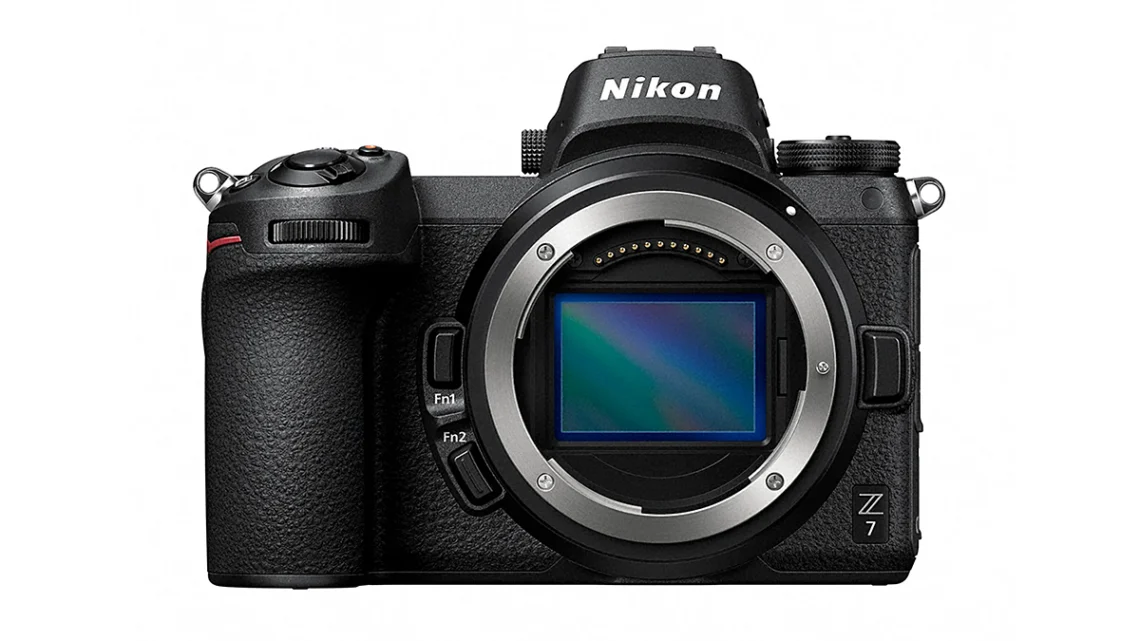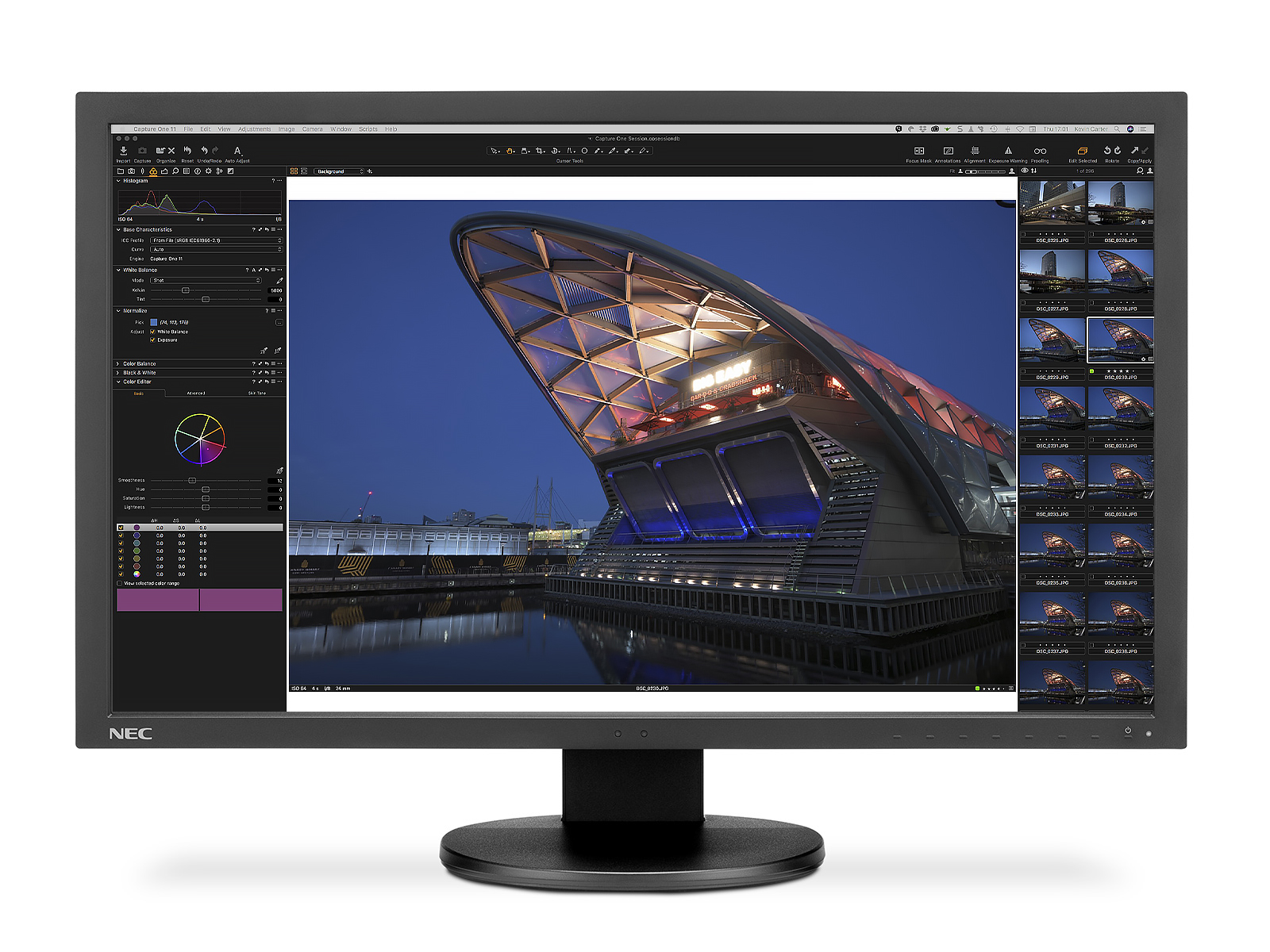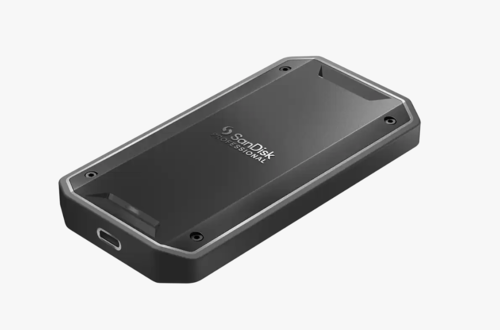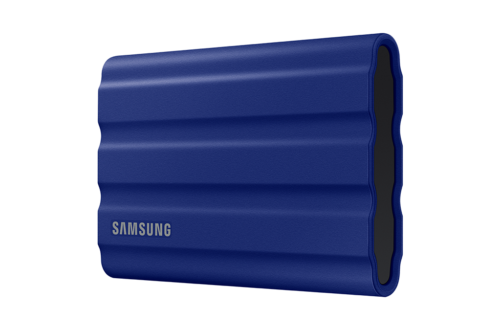Opinion
-
Nikon Z8 and Z9 firmware out of sync
Reading about the Nikon Z8 and Z9 firmware being out of sync reminded me of how camera companies are set up in Japan. In the West, we tend to think of them as run top-down, working as one, but that’s not the case in Japan. Factories there are mostly autonomous with head offices having only limited control over them. Ironically perhaps, the bigger the companies are the more autonomy each factory has. And each in turn is run competitively against the other. Nikon hasn’t made it clear if both models are made in the same factory or not but, even if they are, it’s likely that they have different software…
-
Thoughts on the upcoming Leica M11 – Updated
Update, January 7th: two new videos feature the new Leica M11 have leaked, see here for more details. Nokishita Camera, the principal source of most camera leaks on the net today, published the first picture of the Leica M11 (shown above) last week, allegedly ’taken’ from Leica’s Japan-based site. As it has shown up there it’s genuine, and coming soon. Although the press get advanced warning of cameras I’ve not heard anything officially (or unofficially, either), so this is just what I would like to see featured. It’s been long rumoured that the M11 will differ greatly from the M10, however as the leaked photo reveals there are only some slight differences…
-
Nikon to launch new Noct-Nikkor end of October
Update: Nikon UK kindly sent me one to review for a leading UK photo magazine – you can see my first impressions here. Nikon’s previously announced Nikkor Z 58mm F0.95 S Noct is set to ship at the end of the month (31st October) for a shade under $8,000 in the US, and around £8,299 (in VAT) in UK. The ultra-high speed Z-mount lens takes the Noct moniker from the AI/AIS 58mm F1.2 from the 70’s and early 80’s (first production was 1977) respectively. That lens was originally designed for low-light reportage and featured a single large diameter, hand-ground aspherical element in its optical design, where the brighter…
-
Sigma fp announced: The world’s smallest full-frame camera
Sigma has announced the world’s smallest full-frame camera, the ‘fp’. Despite owning the Fovean sensor design company, the new fp model features a 24.6MP BSI-CMOS Bayer design. The body is highly compact, measuring just 113 x 70 x 45mm and weighs just 370g. However, it is intended as a modular camera – there will be a range of grips, a flash bracket and a viewfinder eyepiece available. In order to retain its compact dimensions, the new fp camera adopts only an electronic shutter – there is no mechanical shutter – a first for this type of camera. Naturally, the camera features an L-mount and the lenses announced earlier by Sigma…
-
DxOMark Measures Canon RF 28-70mm F2.0L USM
DxOMark has published the results of their findings on the optical performance of the Canon RF 28-70mm F2.0 L USM, the data can be found at the DxOMark site. In addition to the performance data, as one of the editors I have written the lens review. This can be found on a different page on the DxOMark site here. It’s a high-speed zoom with a constant F2.0 aperture and it has impressive optical performance overall, but be warned it’s not cheap. The review talks only of the optical properties, there is no comment on handling, build quality, AF or other subjective areas. It’s an idea to look past the overall score –…
-
Phase One Adds Automated Frame Averaging to IQ4 series Digital Backs
Phase One has announced that it will be adding ‘Automated Frame Averaging’ to its newly introduced Full-Frame 645 MF (54 x 40mm) Phase One IQ4 series digital backs next week. Automated Frame Averaging was mentioned during the original announcement of the IQ4 series and is said to reduce shadow noise and protect highlights from clipping. The new feature leverages the electronic shutter in the new IQ4 DBs (as well as the increased RAM and upgraded processor) to capture multiple frames in rapid succession, often with no significant time between them which may otherwise lead to moving elements appearing as blurred artefacts. The series of frames are merged generating a single RAW…
-
Hasselblad X1D II 50C camera and XCD 35-75mm F3.5-4.5 zoom announced (Updated)
Hasselblad has announced an update to its cropped medium format mirrorless camera, in the form of the new X1D II 50C. Although it shares the same 50MP cropped (essentially 44 x 33mm) MF CMOS sensor as the original, it has some improved features and a new processor to speed up operation. This includes quicker start-up (now just under 4 seconds, from my time with the camera at the London launch) and continuous shooting now at 2.7fps, while black-out times between shots have also been reduced, claims the company. Other improvements include a new, larger 3.6-in 2.36-million-dot touchscreen at the rear with some menu and UI changes. The viewfinder display has…
-
Initial Thoughts on the Nikkor Z 24-70mm F2.8 and Nikon Z 7 (Updated)
Firstly, I still don’t feel like I’ve had enough time to fully come to terms with the Nikon Z 7. I’ve used it often but it takes months to be accustomed to working with a new camera, even as a camera reviewer with nearly 20 years’ experience (first in print and then online). Plusses include build and viewfinder quality even for my aging eyesight. It also has enough modes to accommodate a wide range of shooting scenarios including the new Eye-detection AF option which allows you to easily switch between left and right eyes using the joystick (or sub-selector, as Nikon call it). That’s a nice feature but it…
-
Nikon Z 7 mirrorless camera: Promising addition to range
The new 45.7MP Nikon Z 7 (not Z7, according to the maker’s marketing department) appears to offer a lot to photographers looking for a mirrorless ‘solution’. Existing Nikon users seem well catered for with the FTZ adapter offering wide-ranging support for their existing lenses, providing it’s made to exact tolerances. At $250 it looks reasonably priced. The Nikon Z 7 also looks promising if trying to attract users from other high-end systems. The Leica SL is a good example of how a mirrorless camera should be but detractors are likely to cite the high price, low-ish 24-MP resolution sensor and lack of in-camera stabilization as barriers to entry. A Leica…


